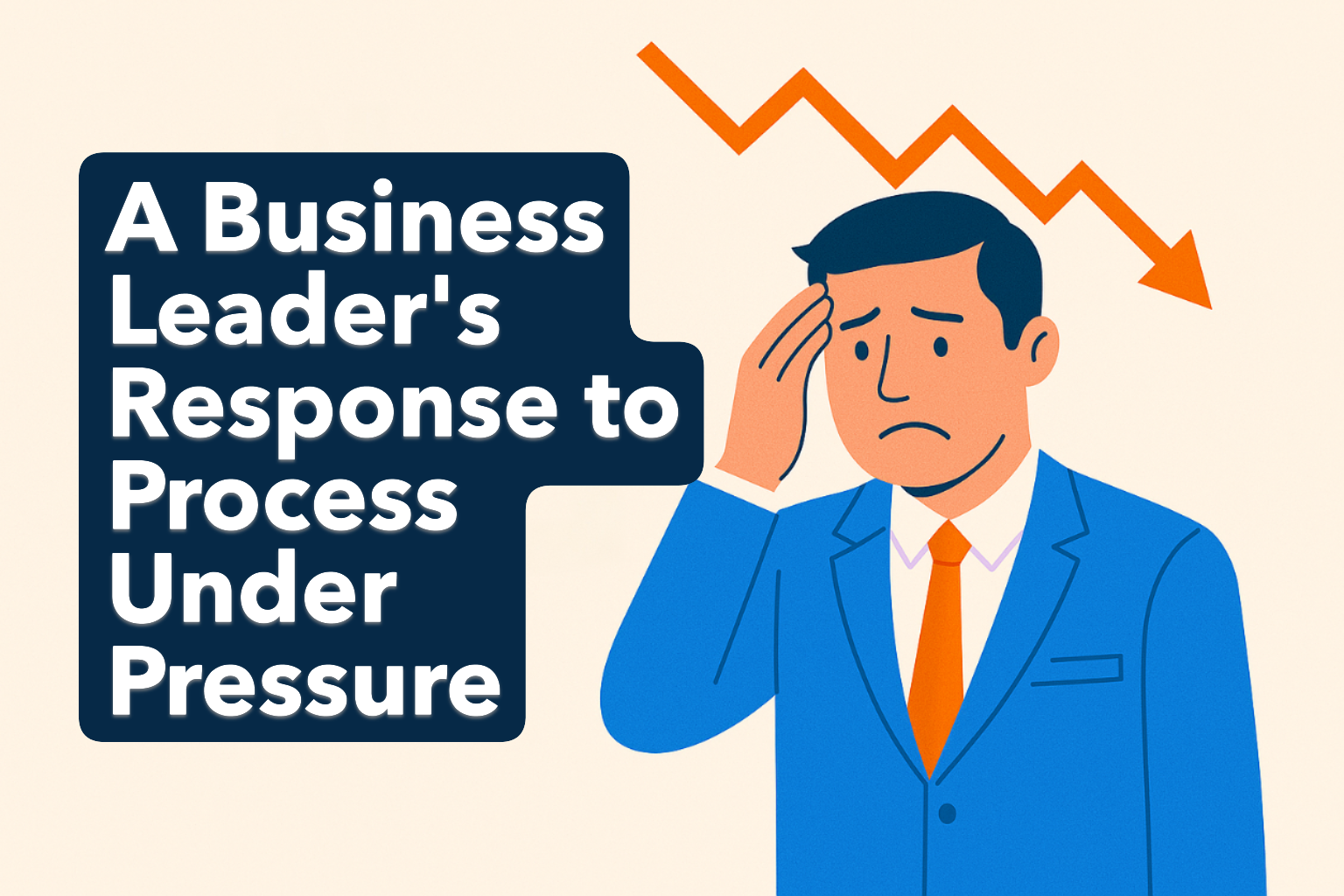SQA2 Case Studies: Automotive, E-commerce, FinTech, Health Tech, Insurance, Pharmaceutical, Streaming, Ticketing
Background
When our QA team first joins a new organization, we bring a wealth of best practices, tools, and experience. But we’ve learned through experience that implementing best practices immediately isn’t always the right move, especially when a client is in crisis mode.
Recently, we partnered with a fast-growing business unit that was in exactly that situation. Their software delivery pipeline was under strain, releases were chaotic, and trust between QA and the rest of the organization had eroded. Deadlines were slipping, quality was inconsistent, and leadership was growing increasingly concerned about the viability of their QA processes.
The Challenge
The client’s existing QA team, while well-intentioned, was struggling to meet the needs of an aggressive delivery schedule. More importantly, the team lacked the flexibility and perspective to help the organization stabilize in the short term while preparing to scale and improve in the long term.
Leadership had already realized that a change was needed, but what they needed wasn’t just a “better QA team.” They needed a partner who could adapt; a team that could:
-
Triage the chaos and stop the bleeding,
-
Deliver quick wins and build confidence, and
-
Lay the foundation for long-term improvement.
Our Philosophy
It’s never easy for us to hold back on applying our full set of best practices. Our instinct leans toward quality over quantity: toward proactive prevention, test automation, traceability, and metrics-driven oversight. But in moments like this, we return to two core principles that guide how we engage:
-
We are not bulls in a china shop.
We don’t come in swinging with process changes or criticism. Instead, we observe, understand, and collaborate. We work with the existing team and culture to earn trust and find common ground. -
Put out the fire before rebuilding the house.
When the client is in survival mode, our job is to stabilize the situation first. That means adapting to their immediate needs, even when that means delivering high volumes of manual testing or working within imperfect systems. Once stability is achieved, then we begin the real transformation.
Our Approach
In this engagement, we:
-
Quickly integrated with existing teams and workflows: no disruption, no judgment.
-
Focused on meeting immediate delivery targets with a “whatever it takes” mindset.
-
Captured QA issues and gaps as non-blocking observations rather than bottlenecks.
-
Built credibility through delivery, not just ideas.
-
Created internal visibility on rework and churn to help the client understand where long-term improvements would make the biggest difference.
This allowed us to avoid becoming a perceived blocker, while still laying the groundwork for change.
The Results
Month 1: Rapid Stabilization and Release Recovery
Within the first 30 days, we helped the client successfully deliver a major release that had been stuck in limbo. Rework was significantly reduced through smarter handoffs and lightweight triage. Confidence in the QA process improved.
By the End of Month 2: Organizational Momentum + Zero-Defect Foundations
-
QA was no longer seen as a bottleneck.
-
Key stakeholders invited us to lead conversations about future process improvements.
-
We began implementing shift-left principles—with their buy-in.
-
Zero-defect indicators were established, laying the groundwork for long-term quality gains:
-
Regression retest cycles shortened by 40%
-
Defect escape rate (QA → Prod) down 25% since initial baseline
-
Pre-deployment confidence scoring introduced, trending upward week over week
-
We are now transitioning from reactive defect handling to a proactive quality engineering model. The initial bottlenecks are cleared, and the team is aligned around measurable quality targets. The path to zero-defect releases is no longer aspirational: it’s underway.
Conclusion
This engagement reminded us that the best QA teams are not just experts in quality—they are experts in timing, empathy, and influence. By resisting the urge to lead with process, and instead leading with partnership, we earned the trust we needed to make meaningful and lasting change.

